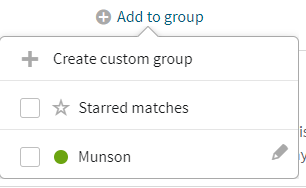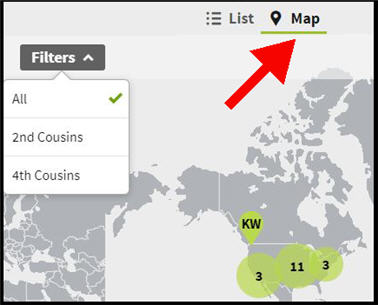
“Human history is a lot more complicated than we thought it was,” Bohlender now says.Īnother team recently concluded much the same thing. If true, that would make a third species of extinct hominid that has mixed with human ancestors. These bits may have come from a relative of Neandertals and Denisovans. Nomad Tales/ Flickr (CC BY-NC-ND 2.0)īut Melanesians carry other bits of old DNA too. People from his part of the world have genes that may trace back millennia to some unknown ancestral species. This boy lives in a fishing village within Papua-New Guinea (a part of Melanesia).


That’s far less than the 3 to 6 percent Denisovan DNA that other researchers have reported in the Melanesians. But 2.74 percent of the DNA in people in Papua New Guinea comes from Neandertals. And Bohlender estimates the Denisovan DNA in Melanesians at about 1.1 percent. People in China do, but the amount is very small, just 0.1 percent, according to calculations by Bohlender’s group. Bohlender and his colleagues calculate that Europeans and Chinese people carry a similar amount of this Neandertal ancestry - some 2.8 percent.Įuropeans have no sign of Denisovan ancestry. As a result, people whose ancestors came from outside of Africa still carry a small amount of Neandertal DNA. Accounting for missing DNAĪfter ancestors of humans began migrating out of Africa, they mixed with Neandertals in Europe and Asia. Again, no bones with that particular DNA have yet turned up. In 2012, another group of researchers suggested some Africans carry heirloom DNA from an unknown extinct hominid. Other scientists also have dug into the DNA of present-day people and found traces of unknown species. Scientists have not yet found fossil evidence for such a species, Bohlender notes. The mystery DNA likely comes from a third hominid species. But it didn’t seem to come from either Neandertals or Denisovans. The new study found some mysterious DNA in Melanesians that was very old. Their fossils came from a cave in Siberia. Known as Denisovans (Deh-NEES-oh-vuns), this group is known only from DNA found in a finger bone and a couple of teeth. The other group had been distant cousins of the Neandertals. One group, Neandertals, left behind fossils in Europe and Asia. It was at the annual meeting of the American Society of Human Genetics.Įarlier research had shown that the ancestors of Melanesians mated with two groups of extinct hominids. Lillian Steenblik Hwang/Source: Wikimedia Commons (CC BY-SA 3.0)īohlender reported his team’s new conclusions here in Canada, on October 20. (Hominids are a group of species that includes humans and our ancient relatives.) Melanesia is a part of Oceania comprising the nations of Papua-New Guinea, Vanuatu, the Solomon Islands and Fiji. And here, the new study finds, people inherited genes that appear to come from an unknown extinct hominid.


This part of the South Pacific includes Papua New Guinea and nearby islands. He and his colleagues pored over DNA from people living in Melanesia. This statistical geneticist works at the University of Texas MD Anderson Cancer Center in Houston. That evidence was found hiding in the DNA - genetic instruction book - of some people alive today. A new computer analysis has turned up evidence pointing to some long-lost human cousins. VANCOUVER, British Columbia - The human family tree may be even more tangled than scientists had thought.


 0 kommentar(er)
0 kommentar(er)
